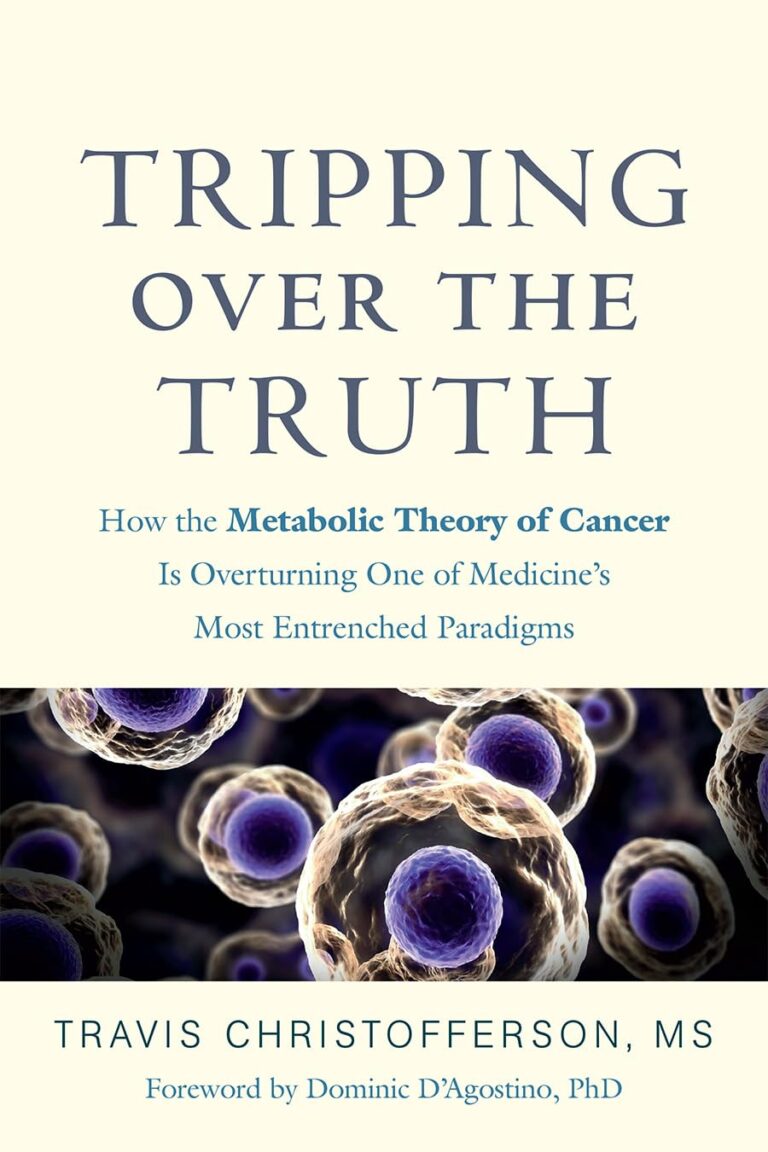 Navigating the complex world of medical jargon can be challenging. One term that frequently pops up in healthcare circles is “phlebotomy.” Comprehending what phlebotomy entails and its significance in modern healthcare is critical. This term’s relevance spans an array of sectors, including diagnostics, therapeutic treatments, and medical research.
Navigating the complex world of medical jargon can be challenging. One term that frequently pops up in healthcare circles is “phlebotomy.” Comprehending what phlebotomy entails and its significance in modern healthcare is critical. This term’s relevance spans an array of sectors, including diagnostics, therapeutic treatments, and medical research.
Decoding Phlebotomy: A Comprehensive Definition
What is Phlebotomy?
Phlebotomy is a medical procedure that involves extracting blood from a patient for diagnostic or therapeutic purposes. It’s a routine method used to obtain blood samples for a variety of diagnostic procedures, like blood tests and transfusions.
The Historical Basis of Phlebotomy
The foundation of phlebotomy dates back to ancient times, with historical records stating the Egyptians and Greeks utilized it for therapeutic treatments. Over the centuries, it has evolved significantly, incorporating medical and technological advancements, making it safer and more precise.
Importance & Application of Phlebotomy in Modern Healthcare
Phlebotomy plays a pivotal role in modern healthcare. Its prime use is to collect blood samples for laboratory testing, crucial for disease diagnosis, monitoring existing health conditions, and evaluating the effectiveness of treatments. It’s also used for collecting blood for donations and transfusions.
Unpacking the Essentials of Phlebotomy Procedure
How Does Phlebotomy Work?
Phlebotomy involves penetrating a needle into a vein, usually on the inner elbow or back of the hand, to draw blood. The collected blood is then labeled and dispatched to the lab for analysis.
Necessary Equipment for Phlebotomy
Phlebotomy requires several pieces of equipment, including a tourniquet to make veins more visible, different sizes of needles, blood collection tubes, alcohol swabs for sterilization, and bandages.
Common Techniques Used in Phlebotomy
The most common technique used in Phlebotomy is venipuncture, extracting blood from the veins. However, another technique, capillary puncture, is used for small volumes of blood, typically from the fingers or heels.
The Phlebotomist: Roles and Responsibilities
Understanding the Role of a Phlebotomist
A phlebotomist plays an essential role in healthcare by collecting, storing, and preparing patient’s blood samples for lab testing. They work closely with other medical professionals to provide accurate and timely diagnosis.
Skills Required to be a Successful Phlebotomist
A successful phlebotomist needs to possess strong communication skills to interact with patients and a keen eye for detail to ensure accurate sampling. They must also have a good understanding of safety procedures and the ability to perform well under pressure.
The Phlebotomy Training and Certification
Where and How is Phlebotomy Training Conducted?
Phlebotomy training is done through accredited programs by institutions like vocational schools, community colleges, or technical schools. The program typically includes classroom instruction coupled with hands-on practice.
Importance of Certification in Phlebotomy
A certification in phlebotomy not only validates one’s knowledge and technical prowess but also boosts their credibility, enhancing their employment prospects and command higher salaries. It represents a commitment to professional standards, adherence to ethical conduct, and competency in phlebotomy.
Risks and Complications of Phlebotomy
Potential Hazards of Phlebotomy
While phlebotomy is generally a safe procedure, wrong technique or unsterilized equipment can lead to complications like infection, excessive bleeding, or damage to nerves and blood vessels.
Ensuring Safety During Phlebotomy Procedures
To ensure safety, phlebotomists must strictly adhere to sterilization and disinfection protocols, use the correct techniques, and adequately discard used needles and other biohazard waste. Additionally, effective patient communication to ensure their comfort is crucial.
The Future and Advancements of Phlebotomy
Technological Advancements Shaping the Future of Phlebotomy
Technological advancements continue to shape the field of Phlebotomy, making the process faster, safer, and more accurate. Prominent advancements include vein visualization technology for easier access, automated devices for consistent and accurate sampling, and bar-coding systems for better sample tracing.
How the Field of Phlebotomy is Advancing
The field of phlebotomy is not only advancing technologically but is also moving towards integrated patient care. With an increased focus on patient comfort, phlebotomists are trained to perform their duties with minimal pain and anxiety to the patient.
Conclusion
Phlebotomy is a crucial aspect of modern medicine, providing vital diagnostic information that aids in the prevention, diagnosis, and treatment of diseases. As technology propels, the field is set to evolve, making it more integral to the healthcare landscape.
FAQs:
- Is Phlebotomy a safe procedure?
Yes, Phlebotomy is usually a safe and routine procedure. However, like any medical procedure, it presents some risks, including infection and excessive bleeding, if not correctly done.
- How long does it take to become a certified Phlebotomist?
The length varies by program, but most phlebotomy training programs can be completed within 4 to 8 months, followed by a certification exam.
- Can Phlebotomy be performed at home?
Home-based phlebotomy services are available for patients who cannot travel to a healthcare facility. It must be performed by a trained phlebotomist following all safety guidelines.
- What are some common mistakes made during Phlebotomy?
Common mistakes in phlebotomy include incorrect vein selection, wrong angle of needle insertion, and inadequate sterilization, leading to potential complications.
- What does a typical day look like for a Phlebotomist?
A typical day for a phlebotomist entails collecting blood samples from several patients, labeling and storing samples, maintaining records, and following strict safety protocols. They may also have to communicate with patients to ease their fears or discomfort.

















Comments
Thank you. Comment sent for approval.
Something is wrong, try again later